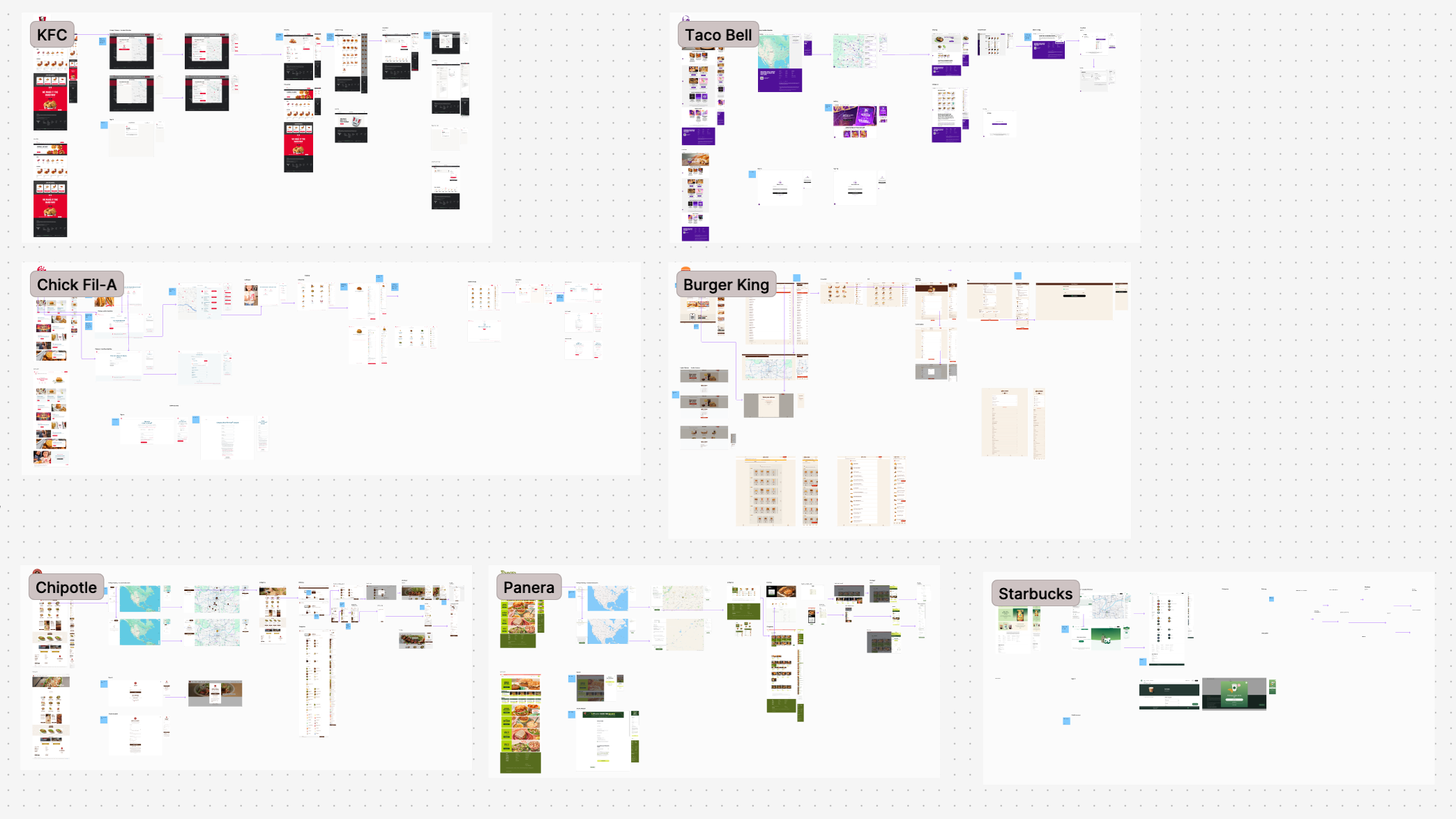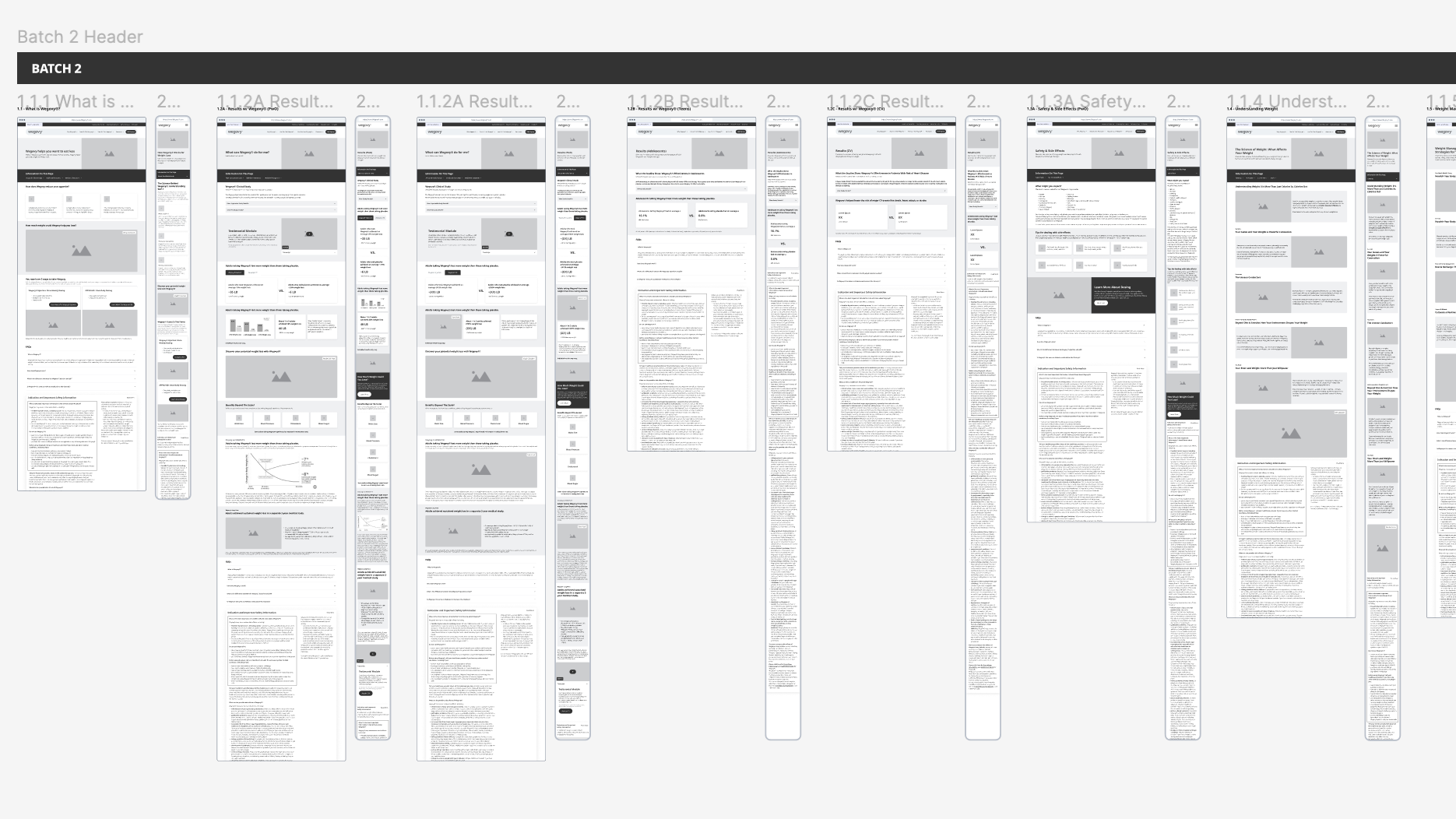My Process
From Problem to Pixel-Perfect Solution
Hey there! I'm glad you're curious about how I work. While my portfolio shows the shiny end results, this page pulls back the curtain on the messy, iterative, and ultimately rewarding process of solving real problems through design.
Phase 1: Understanding the Problem Space
Discovery & Research
Every project starts with questions, not answers. I begin by immersing myself in the problem space through:
Stakeholder interviews to understand business goals and constraints
User research to uncover real needs and pain points
Competitive analysis to identify opportunities and patterns
AI-Powered Content Analysis
Here's where I leverage modern tools to work smarter. I use AI to:
Analyze existing content for patterns and gaps
Extract key themes from user feedback at scale
Generate initial content inventories and audit reports
E.g. On a recent e-commerce redesign, I fed an entire website into GhatGPT to identify the top 10 friction points in the primary user flow—providing a starting point that would normally take a week or more to do without AI-assistance.
Phase 2: Making Sense of Chaos
Heuristic Evaluation
Before jumping to solutions, I conduct systematic heuristic analyses using:
Nielsen's 10 usability heuristics
Accessibility standards (WCAG 3.1)
Industry-specific best practices
Information Architecture
This is where my IA background shines. I create:
Content buckets that group related information logically
User flow diagrams showing key pathways
Sitemaps that visualize the entire information ecosystem
I'm a firm believer that good IA is invisible—users should find what they need without thinking about how it's organized.
Phase 3: Bringing Ideas to Life
Wireframing & Prototyping
I start low-fidelity to test concepts quickly:
Lo-fi wireframes to test information hierarchy
High-fidelity wireframes for design system work (Why make my UI partner’s life harder?)
Interactive prototypes for usability testing
Design System Thinking
I don't just design screens—I design systems. This means:
Creating reusable component libraries
Documenting interaction patterns
Establishing design tokens for consistency
This isn't just about efficiency (though it helps!). It's about creating experiences that feel cohesive across every touchpoint.
Phase 4: Collaboration & Refinement
Developer Partnership
Great design dies in poor handoffs. I work closely with developers by:
Co-creating during the design phase to ensure feasibility
Providing detailed specs with interaction states and edge cases
Participating in sprint planning to prioritize features effectively
Conducting design QA during implementation
Iterative Improvement
I believe in shipping to learn. Post-launch, I:
Monitor analytics and user feedback
Conduct usability testing on live products
Create optimization roadmaps based on data
What Makes My Process Different?
AI-Augmented, Human-Centered
I use AI as a power tool, not a replacement for human insight. It helps me process information faster so I can spend more time on creative problem-solving.
Systems Over Screens
I think in patterns and components, not just individual interfaces. This creates more scalable, maintainable solutions.
Collaborative by Design
I involve stakeholders, developers, and users throughout the process. The best solutions come from diverse perspectives.
Data-Informed, Not Data-Driven
Numbers tell part of the story, but I balance quantitative insights with qualitative understanding and design intuition.
Let's Work Together
If this resonates with how you approach design challenges, I'd love to chat. I'm always excited to learn about new problems to solve and teams to collaborate with.








